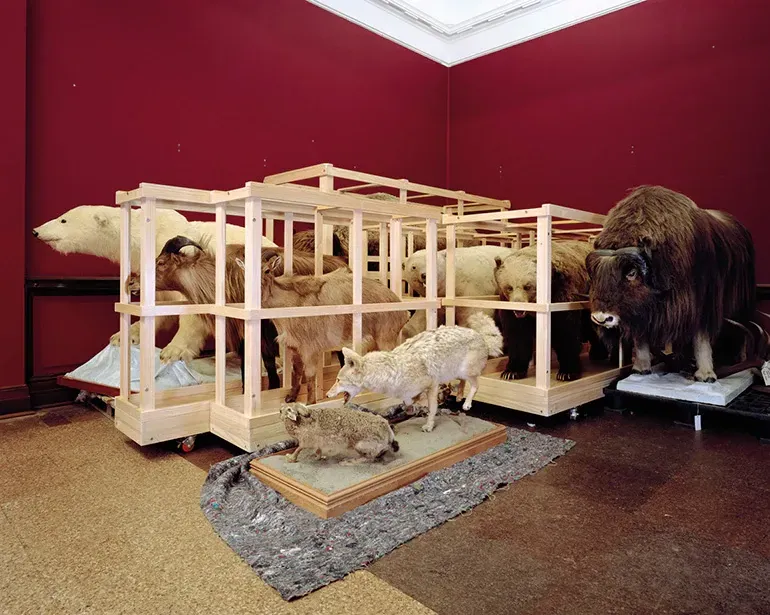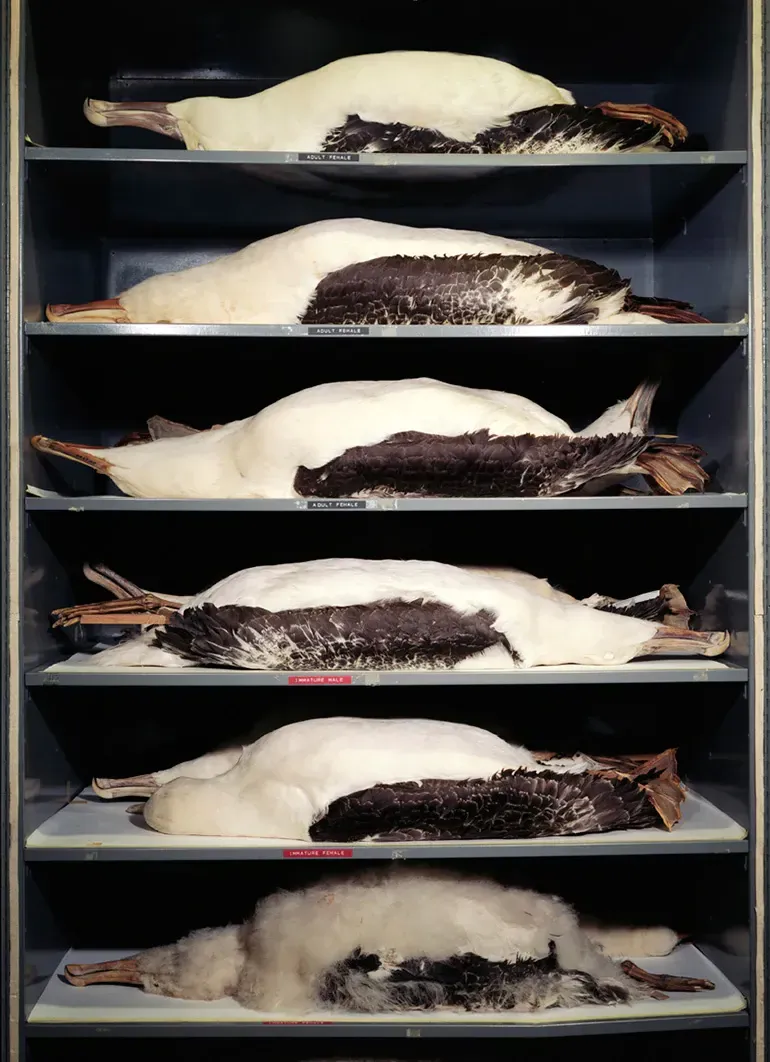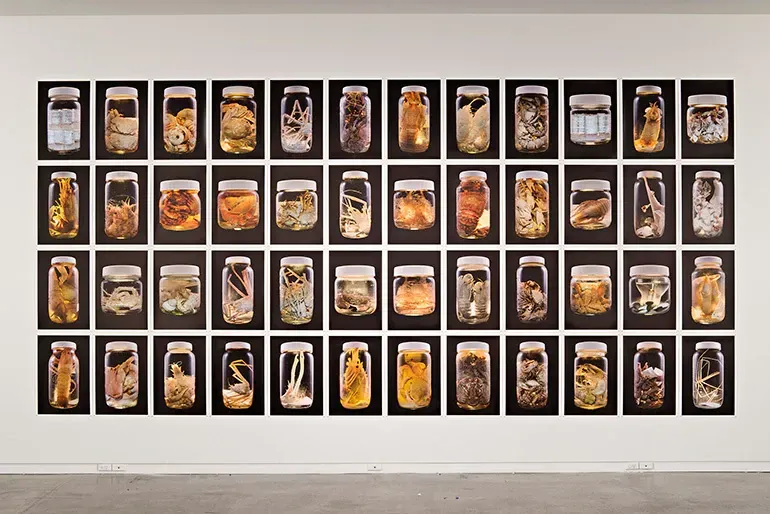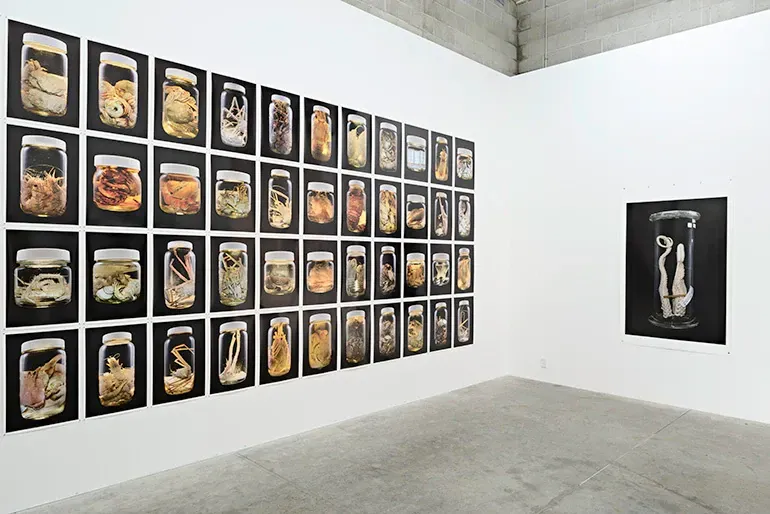5 mins with... Neil Pardington
Written by
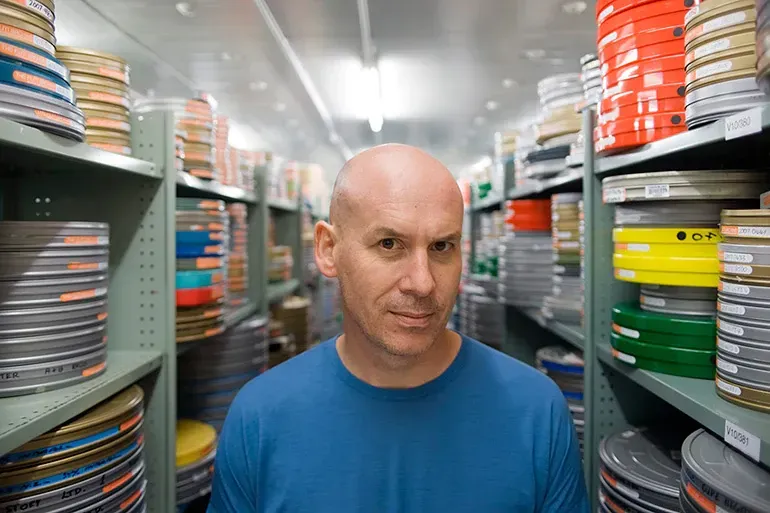
Ahead of the upcoming Spark Festival, Design Assembly grabbed a quick five minutes with Neil Pardington, a Wellington-based artist, designer, photographer and creative director.
The Spark International Festival of Music, Media, Arts & Design organised by Wintec in Hamilton 08-11 August.
Neil Pardington and key staff at Waikato Museum are running a workshop to enable people to work in a museum situation and discuss ideas for approaching the material.
Hi Neil, can you please tell us a bit about yourself and how you first got started.
I was a kid that grew up in Morrinsville, a small Waikato town, and also in Orewa, north of Auckland. I was more interested in sport than study, but had a passion and talent for drawing and painting, which led me to study at Elam School of Fine Arts – where I majored in Intermedia Studies.
My first job out of art school was designer and photographer at the Sarjeant Art Gallery in Whanganui – while I had the photography skills in place, I’d only really designed a few posters at art school before I started. So I really learnt to be a designer on the job there, and then later as exhibition designer at the National Art Gallery. When I started Eyework Design and Production I began working with other designers and learned a lot from those collaborations.
How do you combine a fine arts practice with running a design company?
With difficulty! The juggle is really four-fold for me – my family (with two small children), my design practice, my art practice, and my passion for road cycling.
In essence, my day starts early and finishes late. Tuesdays and Thursdays begin with 5:30am training rides, I’m at Base Two by 8:30am, back home by 6:00pm for some family time, then often down in my home studio at 8pm working on design or art projects. But every day isn’t quite that intense!
For my photographic practice the research and planning is really woven into those busy days, but then I will take blocks of time away from my design practice to complete a shoot. In the distant past that may have been several weeks, but these days I limit trips to three to four days at a time. Then working on images and printing largely happens in the evenings. I have my own large format inkjet printer at home which helps.
Is there a singular project, personal or professional, that you are most proud? And why?
I guess the stand-out project from my career to date is my series The Vault. What I like about the project is that the subject – art gallery and museum collections and storage areas – really came out of my work as a designer. In fact I was working on a book, Icons Nga Taonga, for Te Papa when it struck me that the art store I was standing in would make a great photograph. I then spent 5 years traveling around New Zealand photographing in every major museum and gallery – many of which I’d worked with as a designer. The project was picked up by Christchurch Art Gallery, and I worked closely with curator Ken Hall and manger Neil Semple to raise funds and produce a beautiful catalogue and major touring exhibition. To bring that project together I drew on my experience as an artist, exhibition and publication designer and film producer.
Are you able to give us a sneak preview about what you will be talking about at Spark#16?
In 2004 I began a series of images investigating the back rooms and storage areas of musuems, art galleries and hospitals. The first body of work I produced as part of this ongoing series was titled The Clinic. Those works were soon followed by a second series The Vault. In my third group of works, The Order of Things, I have photographed wet room specimens held in the storage areas of Auckland Museum and Otago Museum. Taking its name from the seminal book by Michel Foucault, The Order of Things documents scientific collections in museums. Taxonomy – the science of naming, describing and classifying organisms – gives structure to the series, with each genus presented as single major work hung en masse in a grid structure as a typology. The Order of Things will be presented as part of the Solo 2016 exhibition at The Dowse, Lower Hutt in November, and is available as a digital book for iPad at bakerdouglas.co.nz.
For my design practice I’ll focus on my work as a book designer, in particular working on photograhic books such as The Vault: Neil Pardington. My two latest books – Fiona Pardington: A Beautiful Hesitation and The Order of Things have been designed for print and digital formats, so that’s a new and exciting development in publishing for me.
And finally, Neil, what’s the best piece of advice you’ve ever received?
Marry that girl!
Everything you need to know about Spark.
- Courtesy of Design Assembly / conversations on graphic design.
